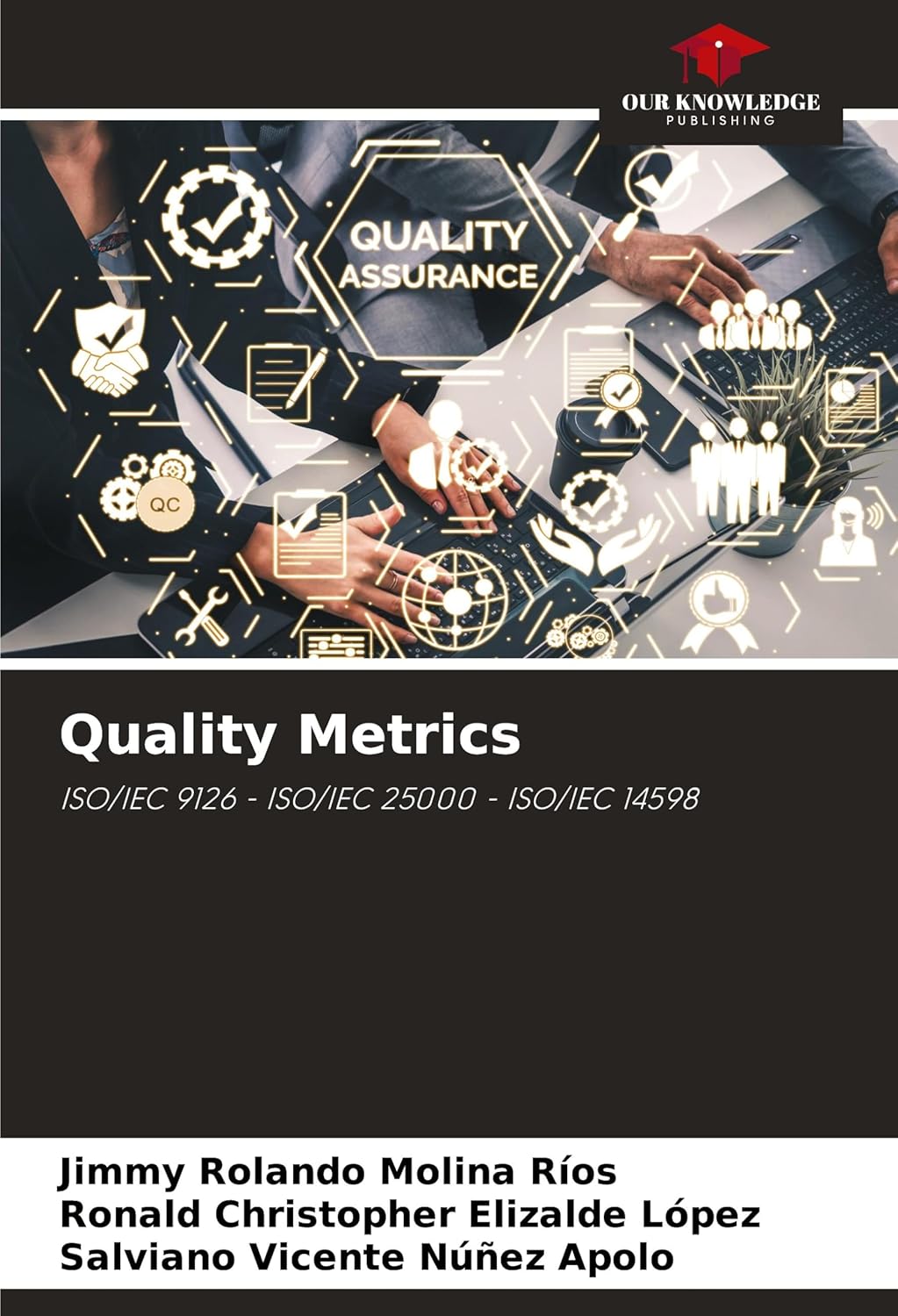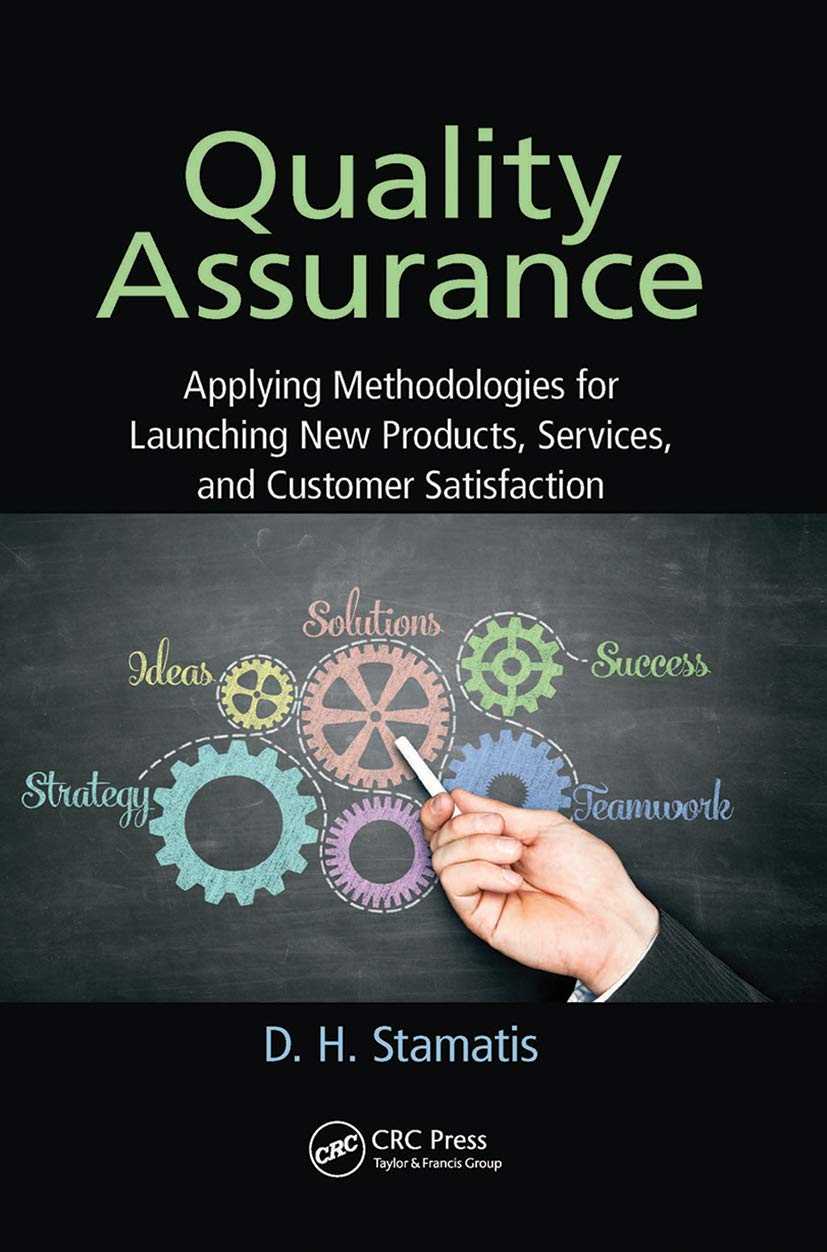
Quality Metrics
What is Quality Metrics?
Quality metrics are specific, measurable criteria used to evaluate the quality of a project’s deliverables, processes, or performance. These metrics help project managers determine whether project outcomes meet predefined standards and stakeholder expectations. They serve as quality assurance and control tools, enabling teams to track progress, identify problems early, and improve project outcomes. The project team may apply quality metrics to products, services, or processes, and the team typically aligns them with the project’s quality management plan.
In project management, these metrics provide an objective basis for decision-making. The metrics support compliance with industry standards, client requirements, and internal benchmarks. By establishing clear and measurable goals, teams can focus on continuous improvement and customer satisfaction.
Key Points
- Quality metrics provide measurable standards for evaluating the quality of project outcomes.
- They are part of the broader quality management plan and support both assurance and control activities.
- These metrics can be quantitative (e.g., defect rate, test coverage) or qualitative (e.g., customer satisfaction scores).
- They help identify performance gaps and offer insights into areas needing corrective action.
- Effective quality metrics are specific, attainable, relevant, and time-bound.
Related Terms
- Quality assurance ensures that project processes are adequate to produce deliverables that meet quality standards.
- Quality control involves monitoring and verifying that deliverables comply with quality requirements.
- Key performance indicators (KPIs) may include quality metrics in project performance tracking.
- The quality management plan outlines how quality metrics will be defined, measured, and reported throughout the project.
- Continuous improvement relies on consistently using metrics to enhance processes and outcomes over time.
Quality Metrics: Example
In a software development project, a team uses the defect density metric to track the number of bugs per 1,000 lines of code. By monitoring this metric during testing phases, the team identifies modules with higher defect rates and focuses efforts on those areas. Over time, this leads to a reduction in post-release issues and improved customer satisfaction.
Quality Metrics: Best Practices
- Define quality metrics early in the project planning phase and align them with stakeholder expectations.
- Use a mix of leading and lagging indicators to assess both process efficiency and results.
- Review and adjust metrics regularly to ensure they remain relevant to the project’s goals.
- Communicate metric outcomes clearly to team members and stakeholders.
- Integrate metrics into continuous improvement cycles to drive long-term quality gains.
Additional Resources
Preparing for a PMI certification?
- Exam Prep Courses: PMP®, CAPM®, and PMI-ACP®
- Exam Simulators: PMP®, CAPM®, PMI-ACP®, PMI-PBA®, PMI-RMP®, PMI-SP®, PgMP®, and PfMP®
- Professional Development Units (PDUs): 15, 30, and 60 PDU Bundles




